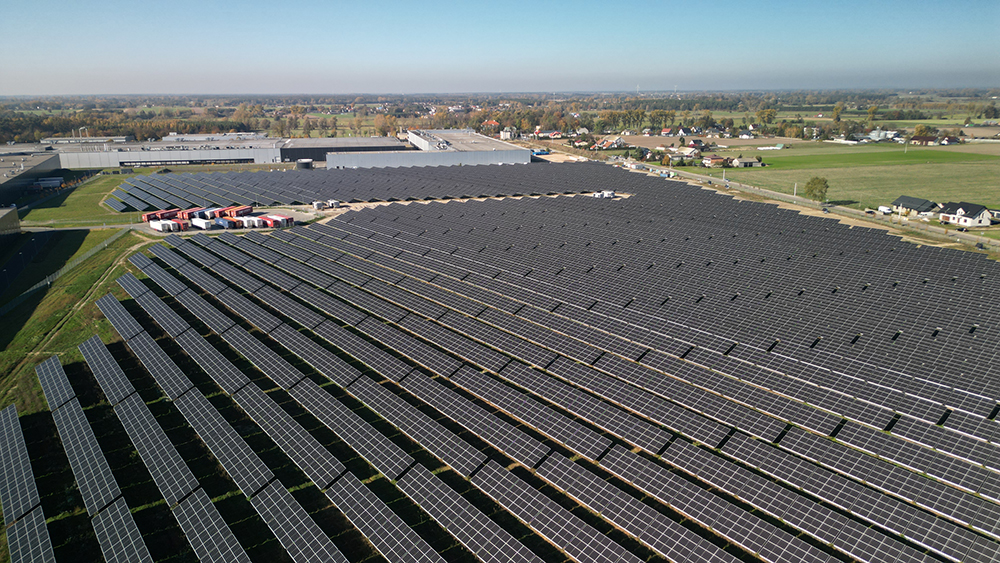Tobacco business
Business Purpose
Creating fulfilling moments.
Creating a better future.
Our Business Purpose—Creating fulfilling moments. Creating a better future—defines why we exist as a business and how we contribute to the broader JT Group Purpose. It is also a statement to the wider society of our intent and the North Star guiding our tobacco business strategy.
In 2024, the tobacco business delivered another remarkable performance. Our clear strategic focus, guided by our Business Purpose, has fueled another record level in total volume, both in combustibles and Reduced-Risk Products (RRP). Strong volume performance combined with solid pricing drove a high single-digit increase in core revenue and adjusted operating profit, driving JT Group’s growth algorithm.
In RRP, we increased our investments toward heated tobacco sticks (HTS). We scaled up Ploom’s global presence and grew share of segment across our markets, driving an impressive 40% increase in HTS volume and 44% in HTS revenue. Our confidence in the future potential of this RRP segment is intact.
In combustibles, which remains an important consumer segment, focused investments in our Global Flagship Brands (GFB) and continued share gains, led to a 2% volume increase. This outstanding performance, combined with the solid pricing environment and our focus to return on investment in this category, fueled a 9% increase in combustibles revenue and an improved operating margin for the category.
Going forward, we will keep on delivering steady top- and bottom-line growth, while enhancing our capabilities to gradually build a second profit growth engine with Ploom. I am confident in our ability to remain the core profit driver of the Group to enable mid- to long-term sustainable growth.

Eddy Pirard
President & CEO, JT International S.A.
Industry overview
The tobacco industry is regarded as one of the highly regulated industries, mainly due to public concerns on health-related risks associated with smoking, and those regulations are ranging from product specifications to marketing activities. Many governments also regularly increase tax associated with nicotine products to decrease consumption while securing tax revenue from such products.
The JT Group is committed to complying with any laws and regulations relevant to our products and operations. We support regulation that is evidence-based, proportionate and effective, and actively seek dialogue with governmental authorities around the world regarding the regulation of our products and the tobacco and nicotine sector.
The industry can be divided in two product categories: combustible products and RRP.
Combustibles
Cigarettes, fine cut tobacco (FCT), pipes, cigars, cigarillos and waterpipe tobacco are part of the combustibles category. While cigarettes contain pre-rolled tobacco, FCT products allow adult consumers to roll or make their own cigarettes. The global combustibles industry volume totaled around 5.0 trillion stick* equivalent units in 2024, representing a value of approximately 119 trillion yen*. The largest markets are China—which accounts for over 45% of global volume—followed by Indonesia, Russia, the U.S., Türkiye, Germany, Japan and Vietnam. While the global combustibles industry volume is declining, the industry value continues to increase driven by positive pricing contribution.
*
Figures are based on Euromonitor, excluding waterpipe tobacco
RRP
Heated tobacco, e-vapor and oral products are part of the RRP category. As they deliver nicotine without combustion, they have the potential to reduce risks associated with smoking.
Heated tobacco products (HTP) include heated tobacco sticks (HTS), which generate an aerosol containing nicotine by heating a tobacco stick, and infused tobacco capsules (Infused), a hybrid system which creates a tobacco-enriched vapor using indirect heating of a tobacco capsule.
E-vapor products heat a nicotine-containing liquid instead of tobacco leaves and come in different formats: open tanks, closed pods and disposables.
Oral products are usually in the form of small pouches to be inserted in the mouth between the lip and the gum. If they contain tobacco they are referred to as snus, if they do not as nicotine pouches or modern oral.
The global RRP industry had an estimated value of approximately 12 trillion yen in 2024*. The largest markets are Japan for HTP and the U.S. for e-vapor and oral products. The most successful RRP category varies from one market to another depending on consumer preferences. The overall RRP category, though smaller than combustibles, has been growing steadily over the last years, and we expect this growth to continue.
*
Figures are based on Euromonitor
Our view of the future
Over the last years, increasing consumer demand for RRP have resulted in the main international tobacco players expanding their portfolio in both combustibles and RRP. JT Group’s tobacco business offers products to consumers across all combustibles and RRP segments.
We expect the global combustibles industry value to continue growing in the foreseeable future, while the global RRP industry is expected to grow both in terms of volume and value. Among RRP segments, we expect HTS to be the largest growth driver, followed by e-vapor and modern oral. The growth rate will ultimately depend on innovation, consumer acceptance, regulation and taxation of RRP.
Notes: 1.
The word consumers used in the context of the tobacco business means adult consumers. Minimum legal age for smoking varies in accordance with the legislation in each country
2.
This section is intended only to explain the business operations of the JT Group, not to promote sales of tobacco or nicotine containing products or encourage smoking or using nicotine containing products
3.
Reduced-Risk Products (RRP): Products with the potential to reduce the risks associated with smoking
Business strategy—Business Plan 2025
Business |
Combustibles |
RRP |
Capability |
|---|---|---|---|
Continuously improve ROI
|
Prioritize investments in HTS and strive to achieve 2028 ambitions*
|
Strengthen the business foundations
|
Sustainability |
Sustainability priorities |
||
|---|---|---|---|
Products
|
Operations
|
||
*
By the end of 2028, 1) reach mid-teens HTS SoS in key markets, including Japan and Italy 2) achieve break-even across the RRP category
To create fulfilling moments and a better future, we have articulated a clear strategy for the tobacco business.
As outlined in our Business Plan 2025, we will prioritize management resources towards HTS and continuously improve return on investment in combustibles, the largest category across the nicotine industry. To support these efforts, we also continue to strategically strengthen our key capabilities, building on our consumer-centric approach and further developing our innovation pipeline in the RRP category.
This strategy, moreover, confirms the tobacco business as the core profit driver of the Group to enable mid- to long-term sustainable profit growth.
RRP
The RRP category is still to mature, with each product segment being in different stages of development as consumer acceptance varies across markets.
For several reasons, we expect HTS will provide the strongest growth among existing product segments in RRP. In this context, the Group is prioritizing investments towards HTS and accelerating efforts to increase share of segment, further building commercial capabilities and enhancing consumer-centric innovations to strengthen our Ploom offerings.
We also continue to explore other RRP segments such as e-vapor and modern oral, to improve our understanding of consumer preferences and expectations as well as better grasp the different business model dynamics by segment, while strengthening our existing presence.
Combustibles
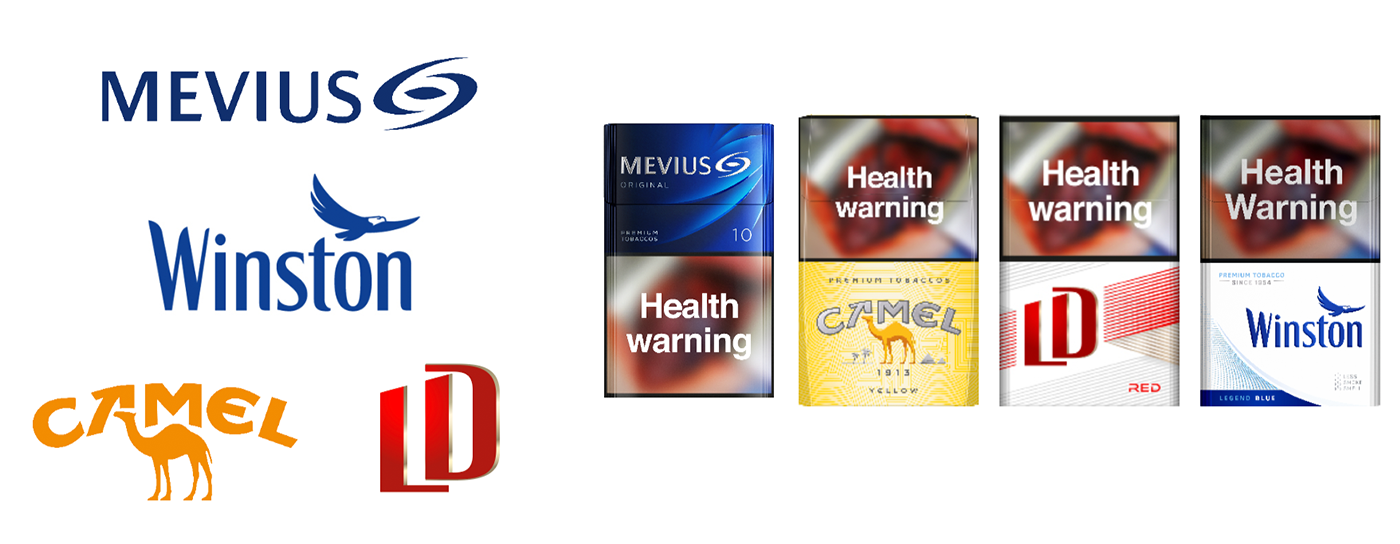
HTS

Other RRP
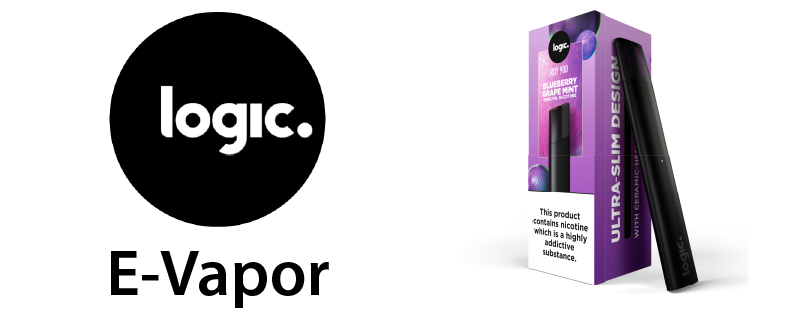
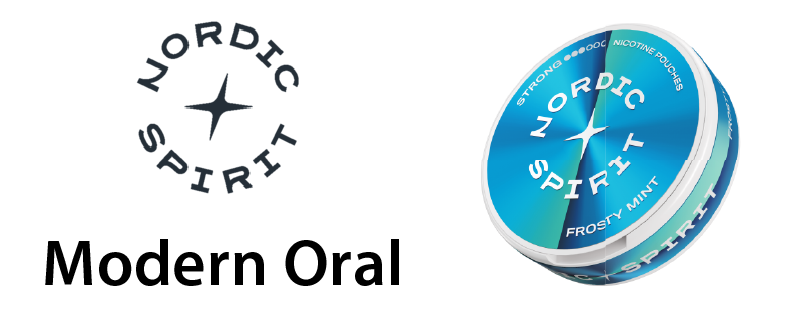
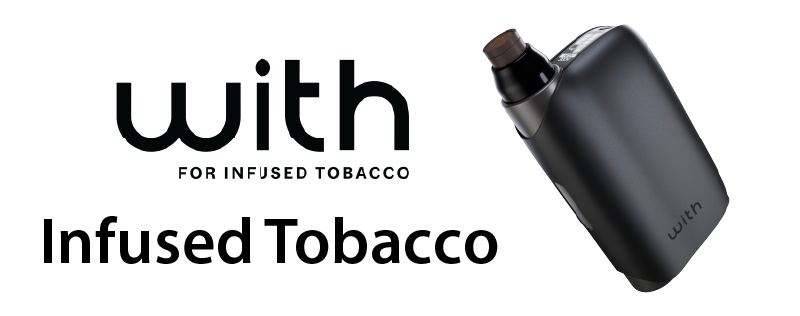
Transparency in RRP Science
We are committed to developing products with the potential to reduce the risks associated with smoking. That is why we invest in research and innovation—to develop alternatives to smoking that may reduce harm and give adult consumers better, more informed choices.
Adult consumers want to know what is in their products. That is why we provide transparency both in our research and our ingredients for the majority of our products on our websites, even when it is not required. Transparency matters, and we are committed to it.
We believe real progress happens when public health experts, regulators, scientists, and the tobacco industry work together. Our consumers deserve access to accurate information and better alternatives and we look forward to offering our products, with all of the benefits we believe they present.

RRP Sourcing
We have a dedicated RRP sourcing team specialized in sourcing RRP devices. These are manufactured by third-party contract manufacturing organizations. We take a collaborative approach to responsible sourcing and build supplier capability to identify and address sustainability issues in our electronics value chain.
As a member of the Responsible Business Alliance (RBA), we are committed to the RBA Code of Conduct and leverage the available tools to ensure responsible manufacturing of our products. All our Tier 1 suppliers have undergone independent third-party audits under the RBA Validated Assessment Program. As a result of our collaboration with suppliers, in 2024 all our Tier 1 suppliers have an audit score of above 160 points, which exceeds the average score of RBA audits conducted in the same countries.
In 2024 we developed the Conflict Minerals Statement to demonstrate our commitment to responsible sourcing of metals contained in our products. Our approach to due diligence is aligned to the Organization for Economic Co-operation and Development (OECD) Due Diligence Guidance for Responsible Supply Chains of Minerals from Conflict-Affected and High-Risk Areas. We leverage the tools offered by the Responsible Minerals Initiative to increase visibility further down our supply chain. Having followed this approach in 2024 and ensuring all smelters and refiners in our value chain are audited against recognized industry schemes, we can conclude the metals in our value chain are not linked to human rights abuses or other risks inherent to minerals and metals sourcing.
In 2024, we strengthened our RRP sourcing governance and also held capacity-building sessions across our multiple RRP sourcing locations.
Combustibles
Although the combustibles industry volume continues to decline, the category remains resilient and a large consumer segment.
The Group intends to continue satisfying the needs of these consumers, by exceeding their expectations. To do so, resources will be allocated in priority towards our GFBs—Winston, Camel, MEVIUS and LD—which have strong brand equity. This also enables us to grow market share and strengthen our ability to take pricing when opportunities arise.
We also continue enhancing cost containment efforts to help offset ongoing inflationary pressures and further improve the category profit margin.
M&A of Vector Group
An important achievement of 2024 was the acquisition of Vector Group in the United States, a step-change opportunity. This transaction not only closes a gap in our footprint, but importantly, makes us the fourth largest player in the largest and most profitable combustibles market outside China.
Following this acquisition, the US market will become one of JT Group’s top ten profit markets. With its higher gross margin per stick, it fits our strategy to enhance return on investment in combustibles. These returns will also contribute to funding some of our global RRP investments and rebalance our currency profile by increasing the weight of hard currencies and improving our natural hedging capabilities.
Performance over the last five years
Within its footprint, the JT Group’s tobacco business outperformed the industry volume trend over the last five years, through continued market share gains driven by our GFBs and our strategic focus on HTS with Ploom.
GFB volume grew for the 6th consecutive year, exceeding 400 billion units and reaching 73% of our total volume in 2024. Winston and Camel further increased volumes by +4.4% and +7.9%, respectively. The achievement of these remarkable results was fueled by our excellence in execution and by decades of sustained investments behind GFBs.
In HTS, our investments in 2024 were focused on the geo-expansion of Ploom, building brand equity, and driving consumer adoption. As of December 2024, we have successfully launched Ploom in markets representing close to 75% of the global heated tobacco volume. In addition to its wider global availability, Ploom was the fastest growing brand in 2024 in terms of share of the heated tobacco segment, fueled by share gains in all launched markets.
GFB and Ploom volume growth, together with solid pricing and cost discipline, enabled the tobacco business to consistently grow core revenue and adjusted operating profit at constant currency over the last five years.
Notes: 1.
The word consumers used in the context of the tobacco business means adult consumers. Minimum legal age for smoking varies in accordance with the legislation in each country
2.
This section is intended only to explain the business operations of the JT Group, not to promote sales of tobacco or nicotine containing products or encourage smoking or using nicotine containing products
3.
Reduced-Risk Products (RRP): Products with the potential to reduce the risks associated with smoking
Total shipment volume(BnU)*

Core revenue(JPY BN)*

Adjusted operating profit(JPY BN)*

*
The year-on-year variances from 2020 to 2021 of core revenue and adjusted operating profit are calculated based on the sum of the Japanese domestic and international tobacco businesses. From 2022, we consolidated the tobacco business, and 2021 figures are adjusted as well
Sustainability Strategy

In 2024 we demonstrated impact across our Product, People, Planet pillars, highlighted by our 2024 performance.
One of our biggest achievements is the reduction of emissions from our own operations by 33% and from tobacco and non-tobacco raw materials by 22% (since our base year of 2019). These reductions were driven by a significant increase in our use of renewable electricity, decarbonization of our fleet, supplier engagement, and programs to improve tobacco curing efficiency and use of sustainable fuels. We are particularly proud that we met our 2025 target of 50% renewable electricity ahead of schedule and are well on track to achieve 100% by 2040.
JTI was assessed by EcoVadis, the leading sustainability intelligence platform for global supply chains. Based on the quality of our sustainability management system, JTI scored in the top 1% of companies who also completed the EcoVadis assessment within the previous 12 months. Working toward creating a better future for people and the planet takes real action and change. This is a recognition of our collective efforts to integrate sustainability across every aspect of our business practices.
This year was also one where sustainability was further integrated with the business. This is demonstrated through the parallels we are making in this report between our commitments to the Product pillar and our commercial strategy, embedding the topics of transparency in RRP science and RRP sourcing within the way we deliver on our business growth.
Elsewhere in our upstream value chain, we continued to make meaningful impact on our People and Planet pillars that will continue to be a focus for the tobacco business.
Circularity
To engage trade partners and consumers in responsible disposal, we have launched take-back and recycling initiatives for Ploom devices. Our ambition is to reduce electronic waste, promote recycling, and encourage sustainable consumer choices.
In the U.K., Ploom has partnered with waste management experts at TerraCycle to establish a device recycling program, ensuring the proper disposal of electronic waste while creating opportunities for materials recycling and potential reuse.
In Japan, we introduced collection boxes for used Ploom devices, capsules, and cartridges. By 2021, this program expanded nationwide, with 1,100 collection points across all 47 prefectures. Today, it is a collaborative effort involving multiple tobacco companies, making recycling more accessible and convenient for consumers.

Grower’s livelihood
We are proud to have fully implemented our Agricultural Labor Practices (ALP) program in all sourcing countries within the direct contracting system by 2025, aiming to enhance workers’ rights and safety. This achievement reflects our commitment to proactively manage sustainability risks and implement sustainable farming practices.
Our ALP program is part of our Supply Chain Due Diligence (SCDD) in farming communities. By 2028, we aim for all tobacco supplying entities to achieve a SCDD maturity score of over 90%, verified by an independent third party.
Our SCDD process follows the Guidance for Responsible Agricultural Supply Chains provided by the OECD and the Food and Agriculture Organization, as well as recommendations by the International Labour Organization. It also follows the United Nations Guiding Principles on Business and Human Rights.
Growers’ income, respecting human rights across our supply chain and providing effective grievance mechanisms to support and protect all farmworkers are important topics for us.
In 2024 we achieved the target of establishing a Living Income Calculator in all vertically integrated leaf origins. This helped us make informed decisions going forward while continuing the efforts to empower growers through the production schemes.
Our direct contracting model is rooted in deep respect for growers. By working closely with growers, we foster trust, ensure fair pricing, and provide tailored agronomic support to enhance productivity and quality. This approach uplifts rural economies and strengthens farming communities, promoting prosperity and resilience.
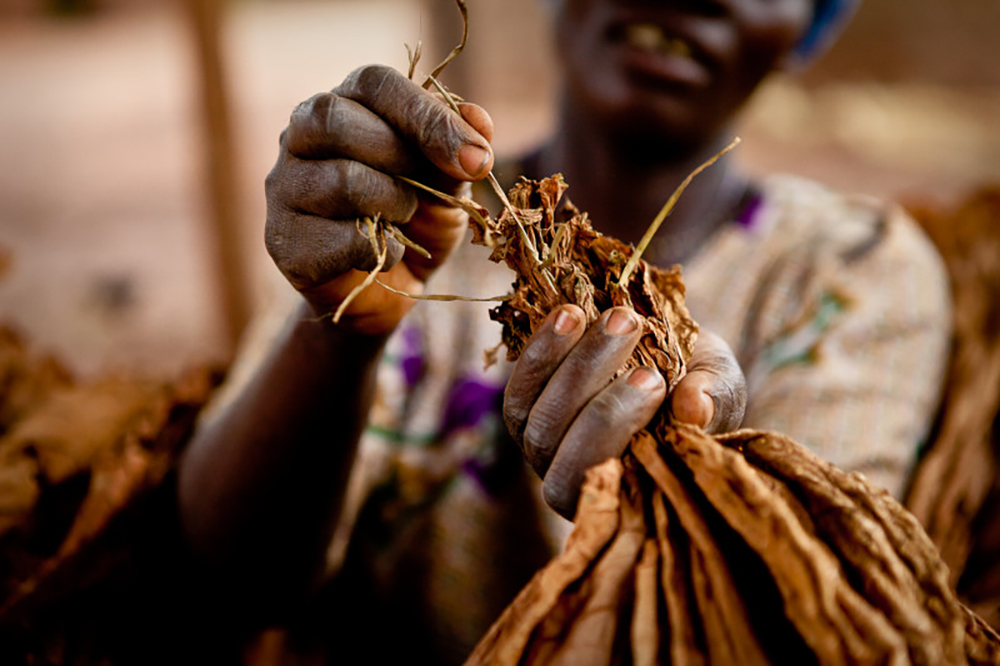
Strengthening Climate Action
As a global manufacturing company with a predominantly agricultural supply chain, the impacts of climate-related risks represent a real threat to our business, as well as to the communities where we operate and society, more widely. We recognize our responsibility to reduce our contribution to climate change and the need to adapt to increasing climate-related Risks.
We have a long history of taking climate action, and this year we have strengthened our approach, increased our investment, and further reduced emissions and our environmental impact. We launched our first Climate Transition Plan, a time-bound, budgeted action plan that clearly shows how our climate ambitions will be achieved and how the business model will pivot to support the transition to a low-carbon economy. JTI also issued our first report in line with the recommendations of the Taskforce on Climate-related Financial Disclosures (TCFD).
Our factory in Poland installed a large solar farm comprising over 24,000 photovoltaic panels, the largest in the region. The solar farm provides around 20% of the factory’s electricity and reduces annual energy costs by around USD 4 million. Together with the local energy supplier and banks, JTI invested in a new 16.8 megawatt wind park in Germany, which supplies electricity to our local factory and the region. This enabled JTI to establish a Power Purchase Agreement (PPA) that secures 50% of the generated electricity from the wind park for JTI. By the end of 2024, 56% of the electricity we use came from renewable sources.
But we plan to do more. We will continue to expand our emissions reduction program, increase the generation and use of renewable energy, and decarbonize our fleet. We will further strengthen our integrated approach to addressing risks to climate, nature and people.
